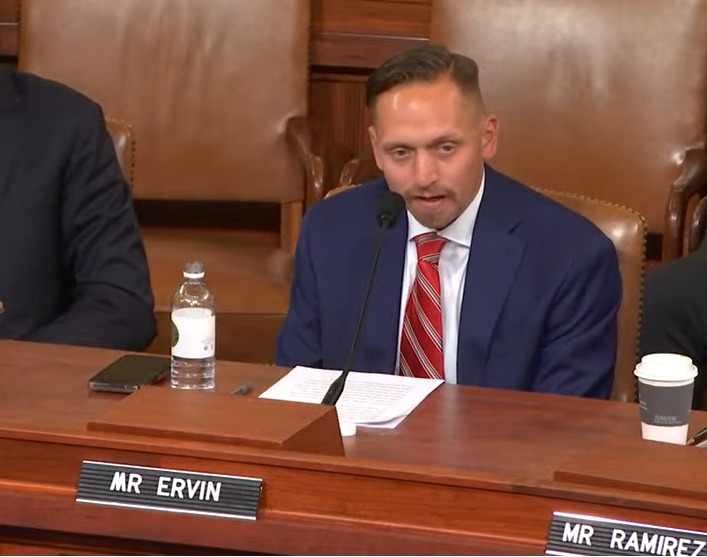At the opening ceremony of the 196th General Assembly of the Hungarian Academy of Sciences on Monday, after the greetings of the President of the Hungarian Academy of Sciences, Tamas Freund, and the Minister in charge of Culture and Innovation, Janos Csák, Nobel laureate astronomer Didier Queloz will give a lecture on the discovery of the first planet outside our solar system orbiting Sun-like star.
Under the joint organization of the Academy and the Research Center for Astronomy and Earth Sciences (CSFK), in a few weeks, the second Nobel Prize-winning astronomer will visit Széchenyi Square to give a lecture in the ballroom. After Adam Riess, who was the first to show the accelerated expansion of the universe, the Academy now hosts Didier Queloz, founder of the field of exoplanet research and central figure from the beginning.
In 1995, while still a doctoral student, Didier Queloz announced the discovery of the first planet orbiting a sun-like star outside the solar system with his supervisor, astronomer Michel Mayor. The discovery of the celestial body called 51 Pegasi b started a real revolution in astronomy: in the past three or so decades, more than 5,300 exoplanets have been discovered, showing an astonishing diversity. For the discovery of the first planet outside the solar system, the two researchers were awarded the Nobel Prize in Physics in 2019.
Queloz’s method relied on the fundamental physical phenomenon that planets do not actually “rotate around a star”, but form a dynamic system determined by the force of gravity, none of the participants in which is motionless. At most, the mass of the central star is so much greater than that of the planets orbiting it that their displacement is very small. However, the more sophisticated our measuring instruments, the better chance we have of showing how the planets “pull” the star at the center of their solar system.
When we look at a distant star through a telescope, and one of its planets pulls it towards us or in the opposite direction from us, the wavelength of the distinct lines in the star’s spectrum changes slightly (this is the Doppler shift, which, by the way Adam Riess exploited it, is also on a completely different scale).
The evolution of measurement technology reached a point in the mid-1990s where such an effect could be detected – and the first result of this was the discovery of 51 Pegasi b, which turned out to be a giant Jupiter-like planet orbiting close to its star. .
The first exoplanet was soon followed by the discovery of many others, and methods of investigation expanded. The most important innovation was the observation of planetary transits, the presence of a planet being inferred from the fact that the apparent brightness of its star decreased as the planet passed between the telescope and the star.
“After the euphoria of discovering the first exoplanets, for a few years we still believed – bitterly or even proudly – that our solar system is special, and that in other places we find only giant planets, on which there is little chance of Earth-like life. However, with the onset of Kepler space telescope, it became clear that the only reason we could not + see + the smaller planets was that previous measurement methods were not suitable for detecting them” they wrote.
Currently, we know of dozens of Earth-like planets that reside in the habitable zone around their star, and researchers have also recently begun examining the atmospheres of exoplanets for signs of life.
Didier Queloz’s field of interest expanded with the development of measurement methods, he is also a fixed star in exoplanet research, and science team leader for the European Space Agency’s CHEOPS Exoplanet Research Telescope, recently appointed by the Center for the Origin and Spread of Life (COPL) at the University of Zurich Tech as Director – they wrote in the MTA announcement.
Introducing the world’s Nobel laureate is You can watch it live on the MTA YouTube channel from 10:00am on May 8th.







































